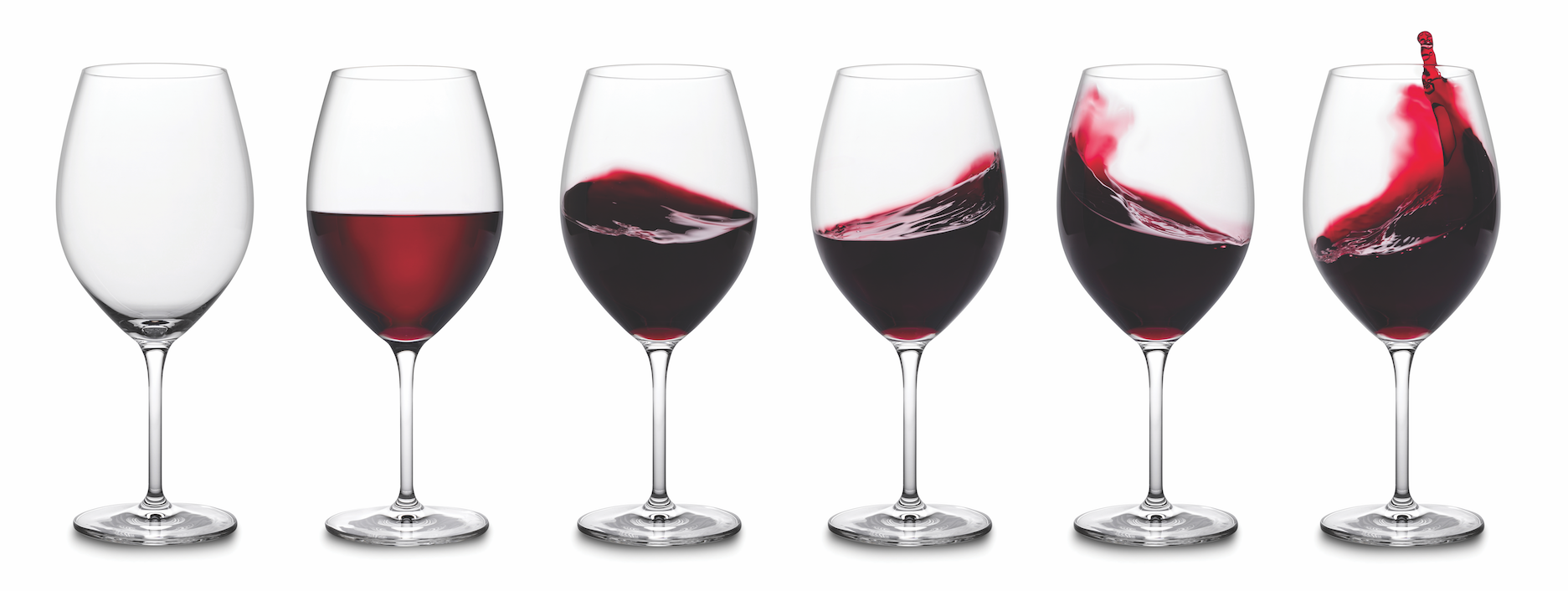We know that a glass of wine after a long day can help to relax us, and long-term research has shown that drinking alcoholic beverages in moderation can actually be good for you, red wine in particular.
A study conducted at Amsterdam’s VU University Medical Center showed that moderate alcohol drinkers have a 30 percent less risk of developing Type 2 diabetes. Similarly, a study published in Neuropsychiatric Disease and Treatment showed that brain function is slower to decline in moderate drinkers than for non-drinkers. Experts define moderate drinking as two 5-ounce glasses of wine for men and one 5-ounce glass for women each day.
Red wine has qualities that could make you live longer because it contains polyphenols, which are a type of antioxidant. Antioxidants tackle free radicals, which can destroy body’s cells. Recent studies have shown antioxidants can reduce the risk of some diseases, such as heart disease, cancer and macular degeneration. One type of polyphenol called resveratrol, which is found in grape skins, blueberries and peanuts, may be able to decrease damage to blood vessels and decrease LDL (bad) cholesterol, according to a 2011 study in the Journal of Molecular Nutrition & Food Research. The authors found that resveratrol is likely to better your health and even help reduce some chronic health issues. “Most in the medical community do agree that red wine has heart healthy properties,” said Jenna Gorham, a registered dietician nutritionist. “Research has shown that drinking red wine moderately can provide a reduced risk of cardiovascular death.”
According to researchers from the National Kaohsiung Marine University, flavonoids are another type of polyphenol that have been shown to have both anti-inflammatory antioxidant properties. Flavonoids target the reduction of chronic inflammation which can help to combat several human diseases.
In his book, “The Red Wine Diet,” author Roger Corder, a professor of experimental therapeutics at Queen Mary University, highlighted that regions with the highest consumption of flavonoid-heavy red wine were largely affiliated with longer lives. The region that had the highest rate of centenarians was the Barbagia region of Sardinia in Italy where many of its residents consume a regional red wine called Cannonau. The robust Cannonau wine has two to three times the level of flavonoids as other wines.
The benefits of some forms of alcohol also lay in the fermentation of the spirit. Fermentation aids with digestion because fermented food and drinks contain probiotics. Along with foods like yogurt and cheese, drinks like cider, wine and beer contain fermented ingredients. Many red wines also go through a secondary fermentation process, adding to the probiotic count.
While red wine and some other forms of alcohol do have some health benefits, it is not recommended that people start drinking if they have not previously. If you do drink alcohol, always express restraint — the negative effects of too much alcohol outweigh the positives. “It’s all a balancing act, and moderation is key,” said Gorham.
Did You Know?
A 2012 study done by researchers at the University of California at Davis showed that the wine that packed the most concentration of flavonoids was Cabernet Sauvignon followed by Petite Syrah and Pinot Noir.
Red Wine vs. Antioxidant-Rich Foods*
Semi-Sweet Chocolate Chips – 9,000 (1/4 cup)
Full-Bodied Red Wine 7,700 (6 oz glass)
Blueberries – 6,500 (1 cup)
Pomegranate Juice – 5,500 (6 oz glass)
Cinnamon – 5,200 (teaspoon)
Açaí Juice – 3,030 (6 oz glass)
Cooked Tomatoes – 1,350 (1 cup)
*Courtesy of WineFolly.com
Measured using the ORAC method which stands for Oxygen Radical Absorbance Capacity. Every food has a varying ability to absorb free radicals in a controlled environment.
*Drink Responsibly. Over 21 only

